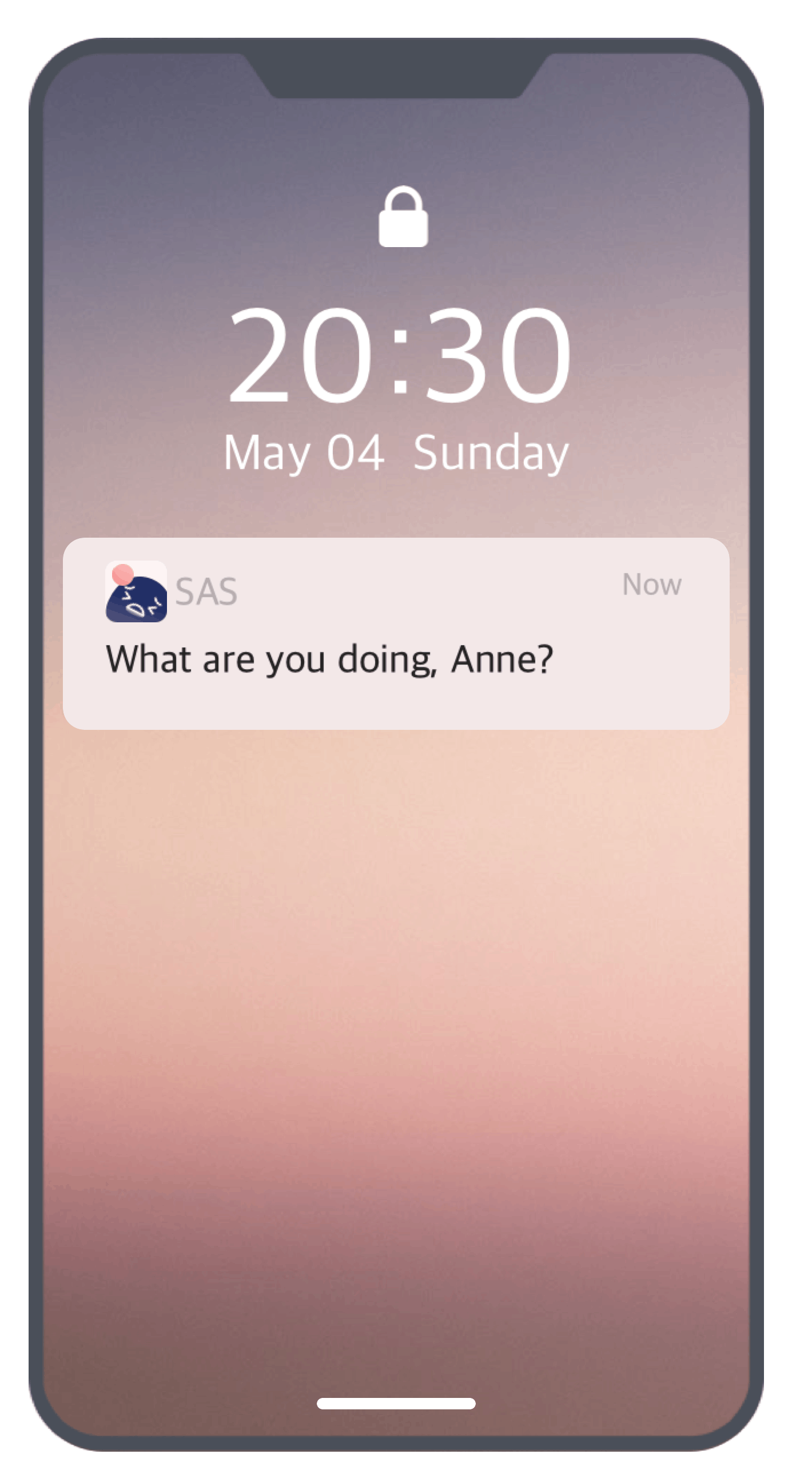

Besides main meals snacking constitutes an essential part of our daily diet. However, careless snacking can easily take over daily energy requirements while providing little to no nutritional benefit. And emotional eaters who respond by eating when experiencing negative emotions are claimed to have an increased risk of overweight (Adriaanse, 2011).


Research & Interview
The interview results show that people choose different snack when facing different negative emotion. The choice of snack is based on taste, texture, temperature and memory.
STRESS
This project has focused on
STRESS, which has been shown
to exert an automatic-like effect on unhealthy eating behaviour, in particular in triggering the consumption of high-fat/sugar between-meal snacks
Negative Emotion
Soft Drink
Salty & Mix taste
Sweet
User
Those people who want to stop stress snacking
Insight
The physical availability of snack makes them hard to quit snacking
They want the emotional snacking behaviour to be warn
Question Define
How to make people notice that they are snacking
Stage 1.

Solution A
By learning the snacking behaviour, I have built some physical prototype. Based on the ideas of ‘Being Reflect’ and ‘Being Resistant’, I made and test the prototypes like change size of the face in minor paper to reflect the snack intake, and balloon to resist movement. I have also made the magnet accessories which the bracelet and necklace will stick together when snacking.

Solution B





Research shows that stress eating happens in certain contexts. For instance, at home, be alone, late-night, watch the video, and so on. Therefore it is possible to detect and predict the stress snacking behaviour. Based on this concept and the idea of IoT ( Internet of Things), the smartphone can be used as a device for behaviour detection and prediction. By sitting the location, time and monitoring the activity in different things (phone/laptop), the user can personalise their context-aware.
The interface of the app is designed to make users aware that they might under stress. And users can use it to reflect their current state, either having the snack or not.
The self-reflection will be recorded and visualised in the calendar. This might help users to set up interventions to manage their behaviour.



